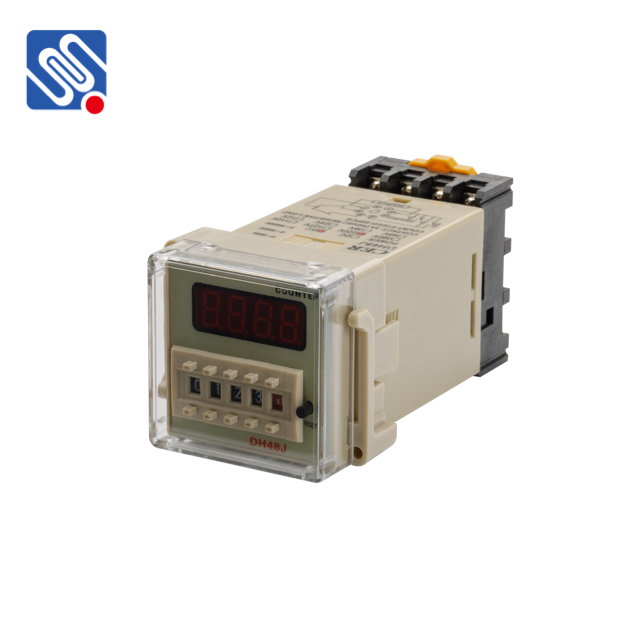Relays are crucial components in electrical and electronic circuits, used to control a large amount of power with a small electrical signal. These devices operate by using a low voltage to trigger the switching of high-voltage systems, playing an essential role in automating systems and providing safety and control. One of the most critical factors in relay functionality is the relay voltage — the voltage required to activate the relay’s coil and switch its contacts. Understanding relay voltage and how it impacts the performance of a relay can help ensure efficient circuit operation and prevent failure in various applications.

What is Relay Voltage? Relay voltage refers to the electrical potential applied to the coil of a relay to energize it and activate its switching mechanism. In simple terms, it is the voltage necessary for the relay to function properly. The relay coil is typically designed to operate within a specific voltage range, and when the voltage is applied to it, an electromagnetic field is created, causing the armature to move and, in turn, change the position of the contacts. This allows current to flow through the connected load or disconnect it, depending on the design of the relay. Relay voltages can be broadly classified into two categories: